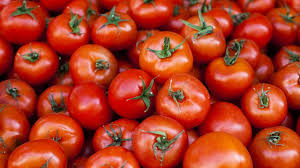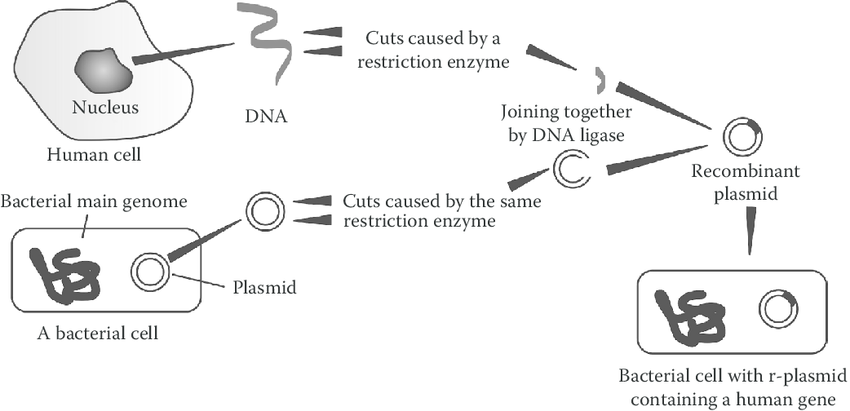Availability of Food
Food Security
The following are biological factors that can affect the levels of food security (the measure of the availability and suitability of food that is required to support individuals within a specific area).
- Increasing human population will decrease the level of food security as birth rates increase, people need more food
- Increasing animal farming and the increased meat and fish consumption will decrease the level of food security as there is more demand than supply of the food that is consumed
- The impact of new pests and pathogens will decrease levels of food security as it may wipe out a specific type of food
- Environmental change caused by human activity will decrease levels of food security as the food may not be suitable to grow in those conditions
- Sustainability issues, e.g. use of land for biofuel production and the cost of agricultural inputs will decrease the levels of food security as they cannot produce as much food as they used to due to the rise in cost
- Developed countries have a change in their diet, therefore scarce food resources must be transported around the world
- Conflicts around the world between different countries can affect the trade that goes on, therefore affecting the availability of water or food
Farming Techniques
The efficiency of food production can be improved by restricting energy transfer from food animals to the environment. This can be done by limiting their movement and by controlling the temperature of their surroundings.
Some animals are fed high protein foods to increase growth so that there can be a higher yield. By removing other plants and pests, the farmers will be able to have a better yield. Removing other plants and pests and adding fertiliser to the soil. Other intensive farming practices include keeping animals indoors, often in restricted spaces. Many of these practices have unwelcome side effects.
Sustainable Fisheries
Fish stocks in the oceans are declining as there is such a demand for fish across the world. It is important to maintain fish stocks at a level where breeding continues or certain species may disappear altogether in some areas. Control of net size and the introduction of fishing quotas play important roles in conservation of fish stocks at a sustainable level.
The European Union has attempted to protect the number of fishes by restricting the number of fishing vessels that go out to hunt for fish. They have also set a limit on the size of the net to ensure that only the small-medium fish are caught. Commonly, larger marine animals are caught and they will die in the net.
Biotechnology
Scientists and farmers have worked hard to come up with biotechnical and agricultural solutions, including genetic modification in order to meet the demands of the growing human population.
Modern biotechnology techniques enable large quantities of microorganisms to be cultured for food. The fungus Fusarium is useful for producing mycoprotein, a protein-rich food suitable for vegetarians. The fungus is grown on glucose syrup, in aerobic conditions, and the biomass is harvested and purified.
Genetically Modified
Also known as genetic engineering.
Genetic engineering is the process where scientists modify the genome of an organism in order to introduce desirable characteristics. This diagram explains the main stages of genetic engineering:
- Restriction enzymes are used to cut open DNA at particular places to leave ‘sticky ends’
- Ligase enzymes are then used to rejoin DNA strands at the ‘sticky ends’
- Plasmids are the loops of DNA that can be found in the cytoplasm of bacteria. They can pass from one bacterial to another - therefore scientists tend to use them as vectors, as they carry DNA into the bacterium
Benefits and Risks
| Benefits | Risks |
| GM crops tend to have a larger yield with more nutritional value. Genetically modified rice ‘aka golden rice’ can reduce vitamin A deficiency as golden rice produces beta-carotene, which creates vitamin A in our bodies. Genetically modified bacterium can produce human insulin - needed to treat diabetes | People may develop allergies to their GM food Transplanted genes may escape to the natural environment - therefore it would kill the innocent plants and animalsReduce diversity as GM crops may affect the weeds and flowers nearby |
- What is genetic engineering?
- Your answer should include: Process / Scientists / Modify / Genome / Organism / Desirable / Characteristics
Explanation: Genetic engineering is a process where scientists modify the genome of an organism in order to introduce desirable characteristics. - What are plasmids and where can they be found?
- Your answer should include: Loops / DNA / Cytoplasm / Bacteria
Explanation: Plasmids are the loops of DNA that can be found in the cytoplasm of bacteria. - What are restriction enzymes needed for during genetic engineering?
- Your answer should include: Cut / Open / DNA / Particular / Places / Sticky / Ends
Explanation: Restriction enzymes are used to cut open DNA at particular places to leave ‘sticky ends’.


